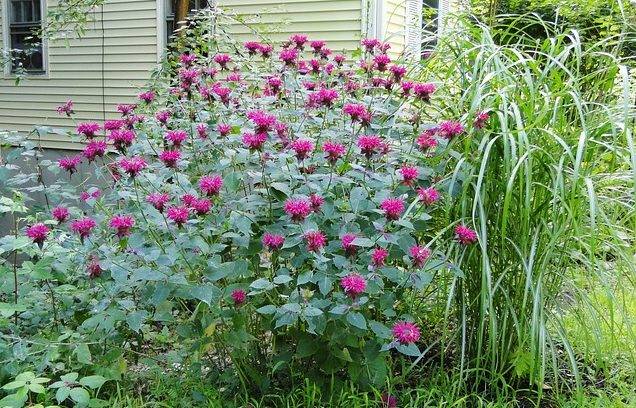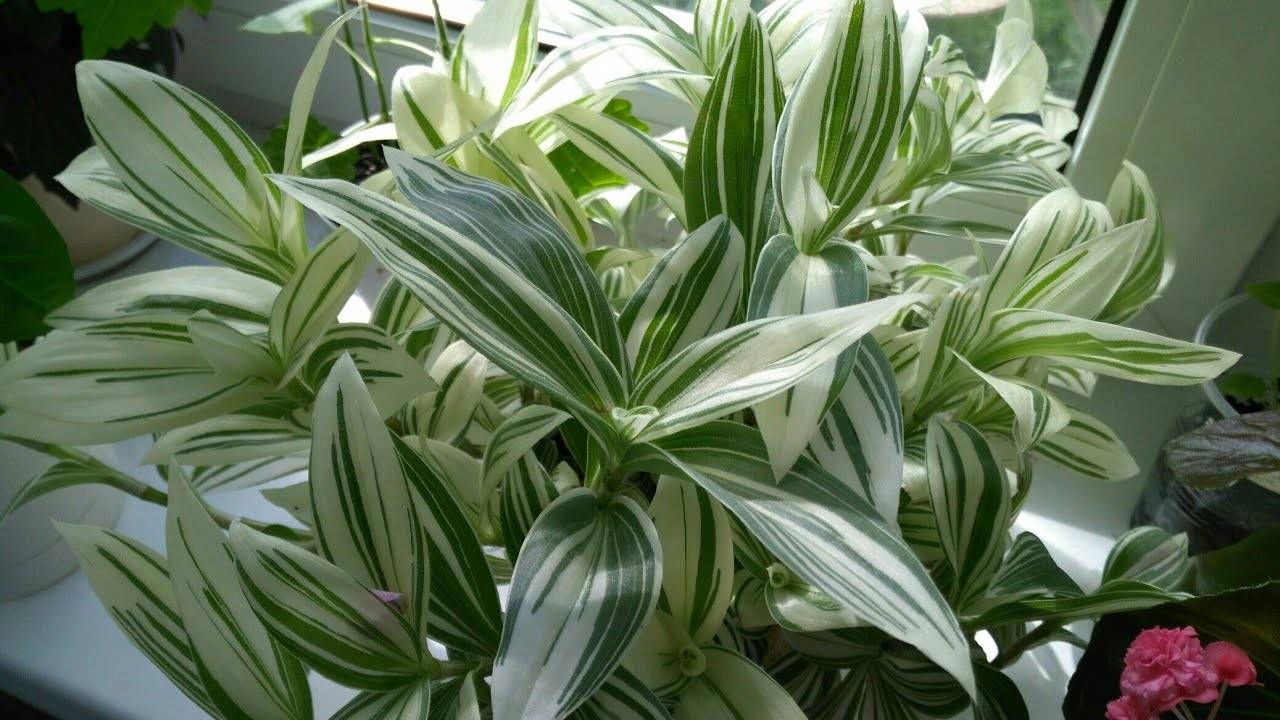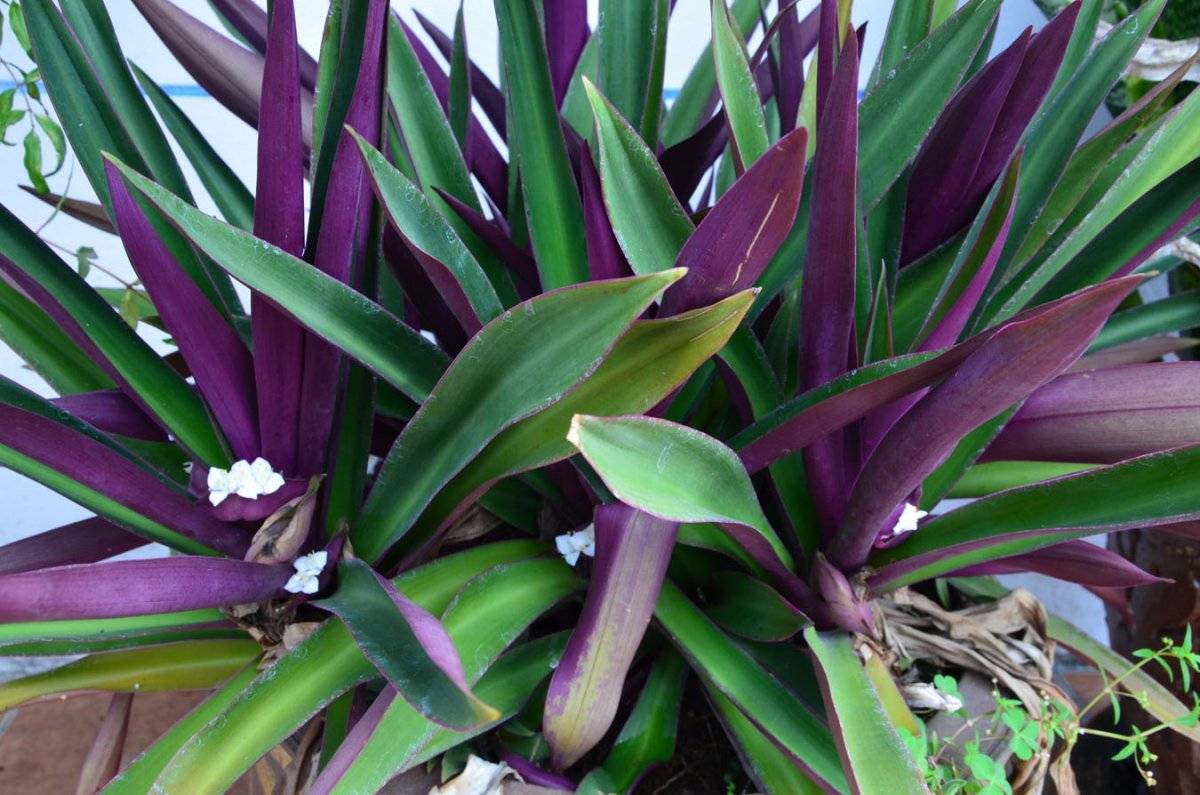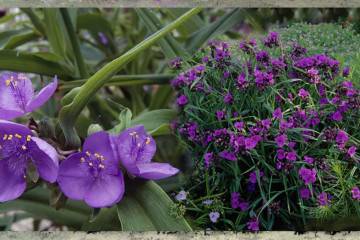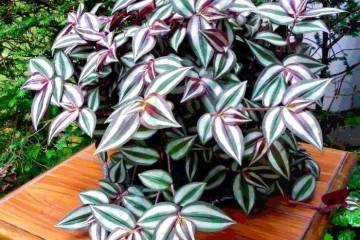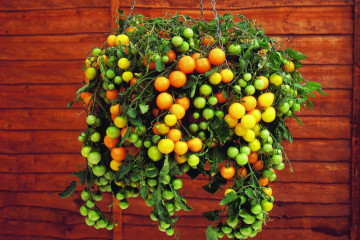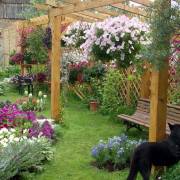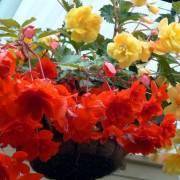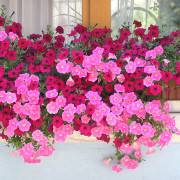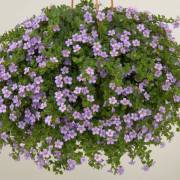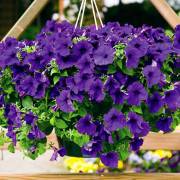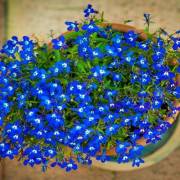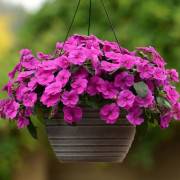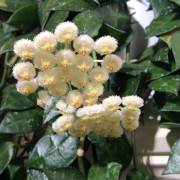Tradescantia - species of ampelous plants Anderson, Zebrina and others
Content:
- Tradescantia: types and description
- Tradescantia Virginia Gems
- Tradescantia white-flowered
- Tradescantia multicolored
- Small-leaved Tradescantia
- Tradescantia Anderson
- Tradescantia Blossfeld
- Tradescantia of Sillamontana
- Tradescantia Thick-leaved
- Tradescantia Veiled Reo
- Tradescantia White Doll
- Tradescantia Sitara
- Tradescantia Quadricolor
- Tradescantia Blush Bride
- Tradescantia Purple
- Tradescantia Zebrina purple
Tradescantia belongs to the category of herbaceous plants from the Kommelin family. Each bush consists of flexible shoots. Tradescantia can be a ground cover or ampelous culture. The decorative cultural perennial is widespread in Latin America. The plant, which forms a solid green carpet, is often found in temperate and tropical climates.
Tradescantia: types and description
Delicate flowers are often grown indoors, but in the summer you can plant the bushes in open ground. The plant does not need complicated care. The tenderness of the shoots and systematic flowering give the perennial a special beauty.
There are about 60 varieties of Tradescantia. You can read the description of the most popular types of decorative culture below. Some varieties vaguely resemble Benjamin's ficus.
Tradescantia Virginia Gems
The perennial herbaceous culture of this species is distinguished by erect shoots, which are strongly branched. The height of the bushes can reach 55-60 cm. The leaf plates of the plant are lanceolate or linear. Their length is within 20 cm, and their width does not exceed 35-40 mm.
The petals are painted in a purple or pink palette. In the area of dense umbrella-type inflorescences, the shade is more saturated. The flowering period lasts from July to September.
Tradescantia white-flowered
On the flexible shoots of the white-flowered species, leaf plates are ovoid or oval in shape. The length of the green mass reaches 60 mm, and the width is within 25 mm. The edge of the foliage is slightly pointed. The surface of smooth sheet plates can be monochromatic or variegated, striped. On the upper parts of the shoots, umbrella-type inflorescences are formed, which are painted in white tones.
The best varieties of white-flowered tradescantia are:
- Aureya variety with yellow foliage covered with green stripes;
- Tricolor variety with green foliage covered with lilac and pink stripes.
Landscape designers grow this species along with the Scapular and Riverside varieties, as well as with a garden rose.
Tradescantia multicolored
The herbaceous plant of this variety can reach a height of 40 cm. The branches are located on the stem in an arbitrary order. Against this background, the shape of the bushes takes on original outlines. The roots of the multicolored variety are fibrous with fine hairs. The thick stems are rather fleshy.
The width of the lanceolate sheet plates is in the range of 50-80 mm, and the length can reach 300 mm. The foliage in the upper part is painted in dark green shades, and on the lower side in a purple-red palette.
Small-leaved Tradescantia
Small-leaved Tradescantia is ideal for indoor cultivation. Thin stems, which are painted in a lilac-brown palette, are densely covered with small ovoid foliage. The leaf plates are smooth.
Tradescantia Anderson
Anderson's Tradescantia variety consists of several hybrid varieties. Each of them is endowed with a large number of characteristics. A distinctive feature of the varieties is the color shade.
Erect bushes are distinguished by the presence of fleshy branches that contain gluten. Elongated and slightly curved leaf plates resemble grass. The height of the bushes reaches 30-65 cm.
Pedicels are collected in bunches. The diameter of the flowers is in the range of 25-26 mm. Each flower has three petals. You can admire the gorgeous flowering in the morning. Closer to lunchtime, they start to close.
Tradescantia Blossfeld
Tradescantia is distinguished by a thick and fleshy stem part. The peel of the stems is colored in a red-green palette. Green leaf plates can have a reddish tint. On the reverse side, the green mass, painted in purple, is pubescent. In the area of the sepals, silvery villi can be seen.
Tradescantia of Sillamontana
The Sillamontana species differs from other perennial species in the geometrically correct outlines of the leaf plates and the whitish pubescence of any part of the decorative culture. Shoots, buds and leaf plates are covered with a soft white cobweb, consisting of hairs that protect the flowers from direct sunlight.
The length of the shoots does not exceed 35-40 cm. The erect stems soon begin to creep and take root on the surface of the soil. The length of the fleshy ovoid foliage reaches 30-70 mm. In the summer, flowers form in the sinuses of the connecting bracts. Each corolla contains three bright purple petals and three small sepals. Reproduction of the culture is carried out by seed or cuttings.
Tradescantia Thick-leaved
It is advisable to plant a large plant in areas well-lit by the sun's rays. Ornamental culture needs abundant watering. Long foliage is quite dense to the touch. Its length is within 7-14 cm. In the extreme part of the green mass, the presence of a border can be seen. The foliage of the fat woman is arranged in a spiral manner. Its surface is devoid of gloss.
Tradescantia Veiled Reo
Covering variety is a perennial, on the stems of which a large number of leaf plates of an amazing shade are formed. The foliage is usually colored in 2 shades. Most often, the upper part is green, and the lower one is painted in purple and blue tones. The leaf plates of the ornamental culture are quite dense. Their length reaches 30 cm and their width does not exceed 5 cm.
The plant is able to successfully accumulate moisture in its green mass, which makes it possible to survive a period of drought. In a dormant period, the bushes of the curtain variety do not need.
Tradescantia White Doll
The White Pupa is an amazing plant that needs proper care and systematic watering. Golden stamens are located in the center of the wavy silk of snow-white petals. At the base, you can see a kind of thick lilac-pink cilia.
Tradescantia Sitara
The Sitara variety vaguely resembles dracaena in appearance. Erect stems have linear or lanceolate-linear foliage. The area of the upper foliage surface is colored green or yellow. On the underside, the leaf plates are red or purple. Over the years, the lower leaves of the decorative culture fall off, and the upper ones begin to form “palm rosettes”.
Tradescantia Quadricolor
Quadricolor - a variety of Tradescantia, characterized by chic multi-colored small leaf plates in appearance, resembles a beautiful fluffy hat.
Wild plants are common in tropical America. When grown indoors, it is recommended to systematically humidify the air. Ornamental culture needs bright lighting, but on hot days it is better to shade the bush a little to avoid burns on the leaf plates.
Tradescantia Blush Bride
What does Tradescantia of this variety look like? The glossy foliage of the Blush Bride is painted in a bronze-glossy palette. The height of the bush can reach 38-40 cm. During flowering, flowers of a pale pink tone open on the tradescantia. You can admire the flowering in early July. The variety is distinguished by its unpretentious care. When autumn pruning is carried out, young foliage begins to grow on the bushes.
Tradescantia Purple
The purple variety is grown outdoors. The plant is naturally endowed with elongated lanceolate leaf plates, the length of which is in the range of 14-15 cm. The foliage is located on thin stems in a pairwise opposite method.
A distinctive feature of the variety is the amazing color of the foliage, which combines violet, purple and blue tones. Having created favorable conditions for the plant, you can systematically admire the gorgeous flowering, during which delicate pink flowers, consisting of 3 petals, bloom.
The purple variety needs frequent watering when grown at home. The substrate should always be moist. The flower is not picky about the mineral composition of the soil. Lighting at the landing site should be moderate.
Tradescantia Zebrina purple
Tradescantia Zebrina hanging (Latin name Tradescantia zebrina) is a herbaceous perennial, which is considered one of the most spectacular representatives of the Kommelin family.
The highlight of the variety is the unusual color of the leaf plates. On the inside, the foliage is purple, while the outer surface is painted in two shades. Purple-green stripes run along the central veins of the leaf plates, along the edges of them there are wide stripes of a silvery hue. The edging is painted in purplish green.
Erect shoots begin to descend over the years. Their length reaches 80 cm. The stems of the plant are naturally endowed with a cylindrical section. The foliage is rounded towards the base.
Tradescantia is a chic culture that not only attracts attention with its appearance, but also has useful properties. Infusions and ointments, which include parts of tradescantia, have a wound healing, anti-inflammatory and hemostatic effect on the body.
Plants effectively purify the air from harmful toxins and tobacco smoke. Tradescantia is often recommended for therapeutic purposes. The abundance of perennial varieties allows each grower to choose the most suitable variety for himself.

